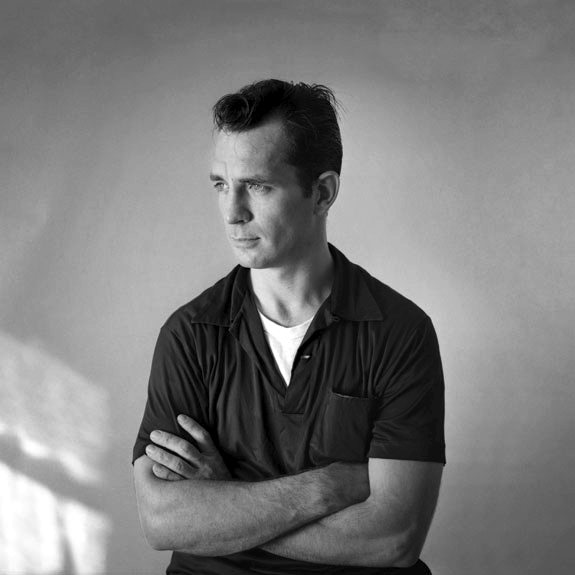Because it’s Friday, we have a treat for you: a recently unearthed take of Jimi Hendrix ripping through a song called “Somewhere,” with Band of Gypsies drummer Buddy Miles and Stephen Stills (of CSNY) on bass. Released last November to mark the 70th anniversary of Hendrix’s birth, this track will be included on a 12-song album of previously unreleased Hendrix recordings from 1968–69 called People, Hell & Angels, coming in early March.
“Somewhere” has appeared before, on the 2000 box-set moneymaker The Jimi Hendrix Experience and a hit-and-miss 2003 double-disc of cuts called Axis Outtakes (culled from the Axis: Bold as Love Sessions). The previous release, however, was a different take, a blues-rock demo made prior to Electric Ladyland. Recorded early in 1968, with Mitch Mitchell adding drums in ’71, two years after Hendrix’s death, the other version is nothing to write home about, frankly, with a definite demo feel—exploratory, but somewhat uninspiring production, although the ideas are there (listen to it here).
The version above is another animal: it bursts out of the gate in full breakdown, then the drums recede, Hendrix rides the descending rhythm line in a long, expectant pause, and when the rhythm kicks back in, he wails and wahs his way into a tight verse, punctuated with bursts of his blues fills and Miles’s confident snare cracks. Stephen Stills’ bass playing holds up to anything Noel Redding or Billy Cox contributed to Hendrix’s ensembles. Between each verse, Hendrix explodes into the wild solo runs he’s known for. It’s a real gem, and the lyrical content perfectly captures the street-level, and Southeast Asia-ground-level, hostility, fear, and frustration of the late sixties:
Oh uh,
I see fingers, hands and shades of faces,
Reachin up and not quite touchin the promised land,
I hear pleas and prayers and a desperate whisper sayin,
Whoa Lord, please give us a helpin hand,
Yeah yeah
Way down in the background,
I can see frustrated souls of cities burnin,
And all across the water vapor,
I see weapons barkin out the stamp of death,
And up in the clouds I can imagine UFO’s jumpin themselves,
Laughin they sayin,
Those people so uptight, they sure know how to make a mess
Back in the saloon my tears mix and mildew with my drink,
I can’t really tell my feet from the stones on the floor,
But as far as I know, they may even try to wrap me up in cellophane and sell me
Brothers help me, and dont worry about lookin at the storm
Yeah yeah yeah yeah yeah
Hendrix was right. They did wrap him up and sell him.
Josh Jones is a writer and musician. He recently completed a dissertation on land, literature, and labor.


